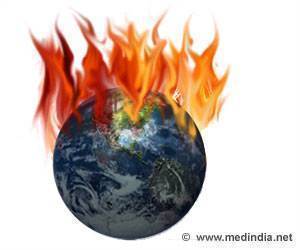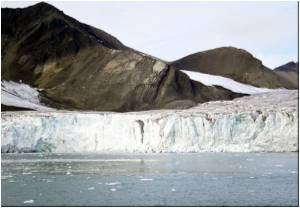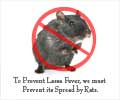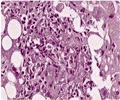
"Our study shows us that ecosystem health, wildlife health and human health are all related," said Kristofer Helgen, curator of mammals at the Smithsonian's National Museum of Natural History and co-author of the research.
Large animals, such as elephants, giraffes, antelope and zebras, have a profound influence on their ecosystems by feeding on vast amounts of vegetation and compacting and disturbing soil. As populations of these large species decline, the ecosystems they once dominated change in many ways. The team's main question was whether the loss of large wildlife influences the risk of people contracting diseases spread by rodents—a pressing question, as more than 60 percent of infectious human diseases are zoonotic.
Source-Eurekalert










